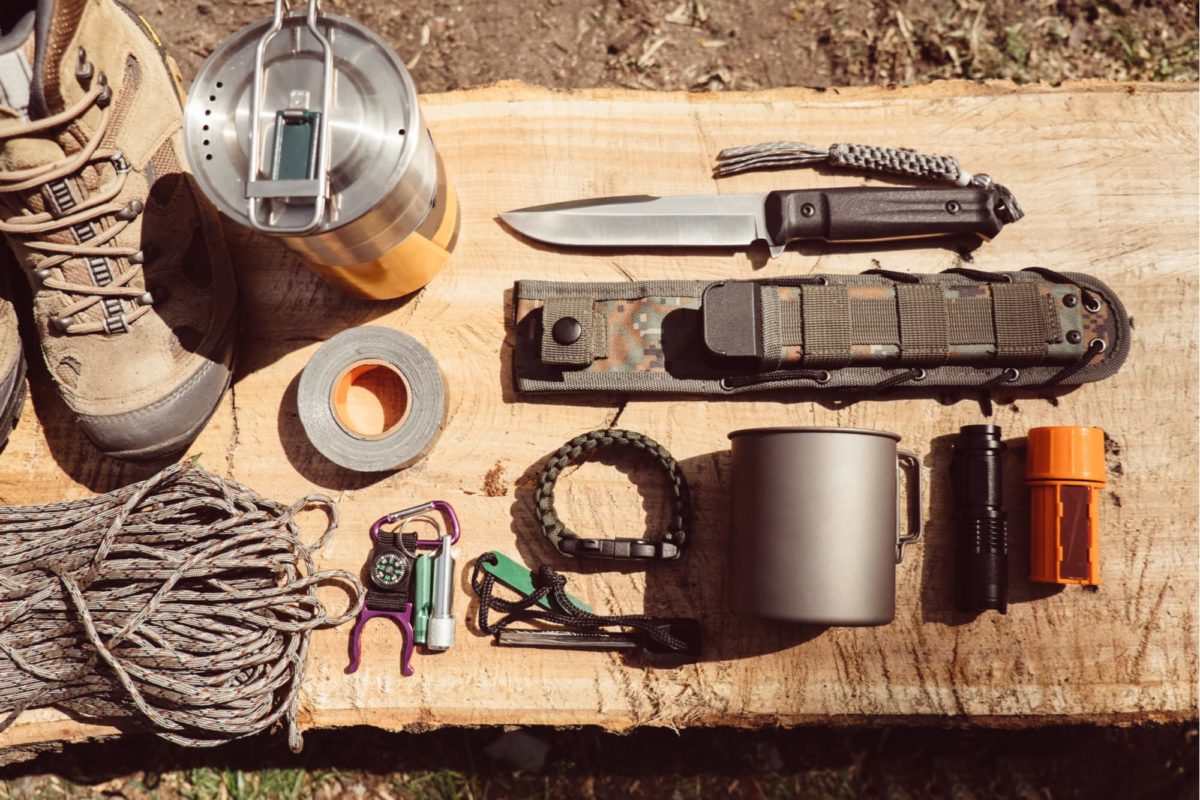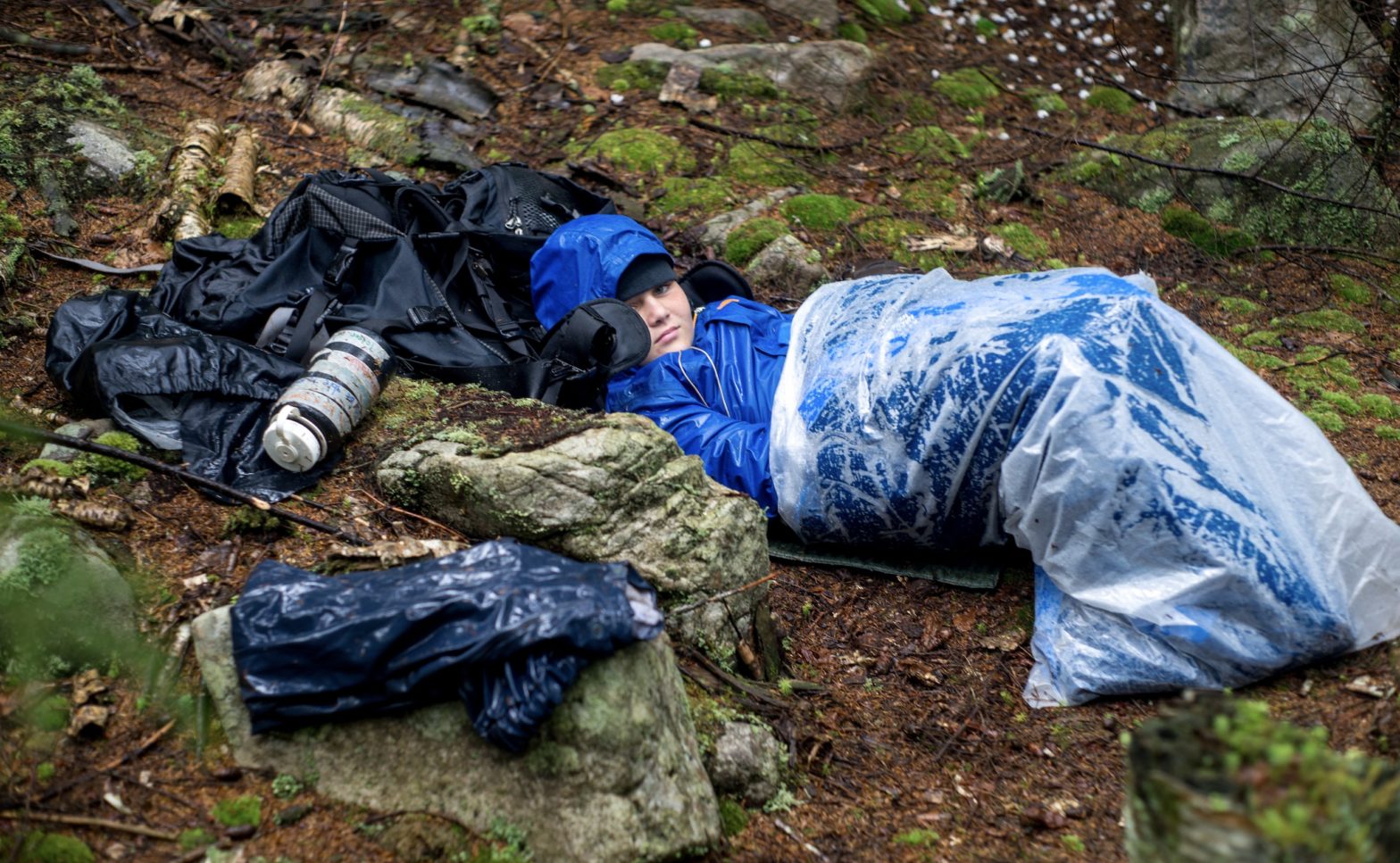Wilderness survival is no easy feat. But, having these things will make it more manageable:
Shelter
Shelter protects you from the elements, insects, other nasties, and the cold and heat. It can also serve as camouflage (a negative if you have rescuers looking for you).
Clothing is your first line of defense, so dress appropriately for the location you’ll be visiting. But, as with clothing, consider layers while constructing a shelter. Many layers are far more effective at keeping you warm than a single heated coat. This applies not just to your apparel but also to the construction of your shelter.
Takeaway:
- Find a natural shelter that will protect you from the rain and wind.
- Construct a bed inside to keep you off the freezing ground.
- Use more fluffy debris to fill up the gaps all over your body. When you have to burrow and wriggle your way in, it’s really tight.
Keep in mind that every natural shelter is likewise concealed. It’s critical that you clearly mark your shelter and adjacent places so that rescuers can find them quickly.
Water
Depending on the equipment you have, there are a few various ways to obtain water. Natural techniques include collecting dew or rain, following spring to its source, or following other basins and draws to identify lakes, rivers, and other water bodies.
To decrease pathogens, most sources should be treated. You can’t afford a two- to four-week period of vomiting and diarrhea, which can dehydrate you. The only exception is dew or rain, which has already been distilled before reaching the earth (use a tarp to build a rain catch). While springs are generally considered safe, caution is advised; there is no guarantee that the water is safe to drink, yet

.Food
It is beneficial to understand wild edible plants when obtaining food. Your research into edible plants should begin well before you leave the house. Learn about the poisonous and edible plants in your area. Even if you aren’t foraging for food, learning to identify native plants is a fun trailside pastime.
Just keep in mind that humans can endure roughly 30 days without eating if we have a steady source of water. So a gourmet supper isn’t generally the first thing on your mind.
Takeaway: Although hunger may be your body’s most vocal complaint, don’t make hasty food choices.
Learning to identify and cook common wild edible plants at home is a good place to start. Stinging nettle, miners, and other plants could be among them.
Fire
Some foods must be prepared before they can be eaten. Fire is the next rung up in our hierarchy of needs for the priorities we’ve discussed. Fire may warm and improve the efficiency of your shelter, boil water, make food more palatable, and aid in the creation of tools. Because smoke can often be seen or smelled from afar, fire can also act as a warning to possible rescuers.
Using fire in debris shelters is extremely dangerous and should only be attempted by those with advanced skills. You must position, create, and maintain your fire with plenty of firebreaks to keep it safe from flammable materials. Distance and stone hearths can be used to accomplish this.

